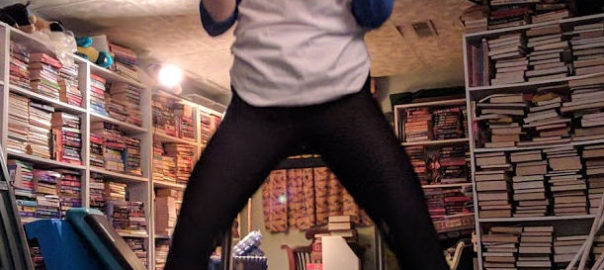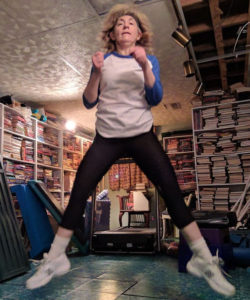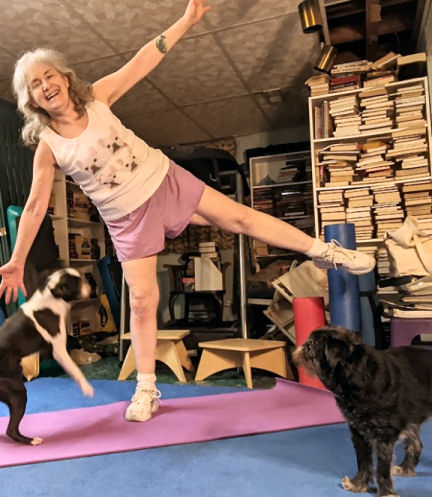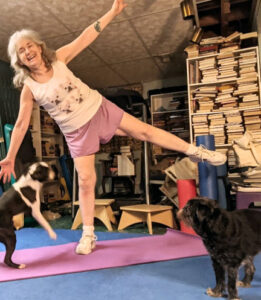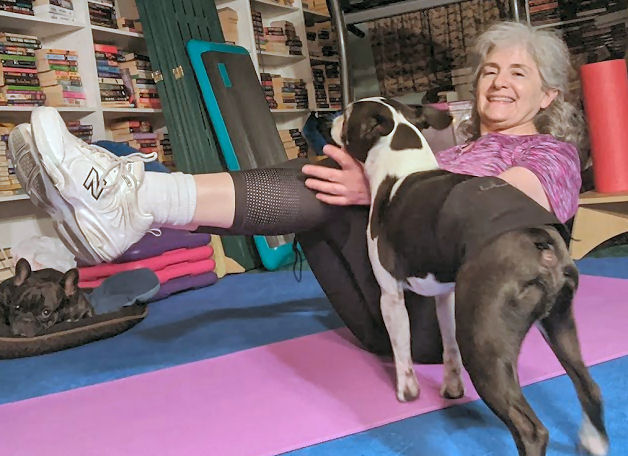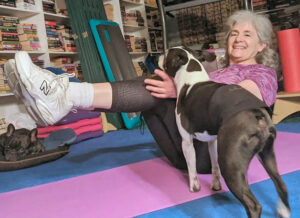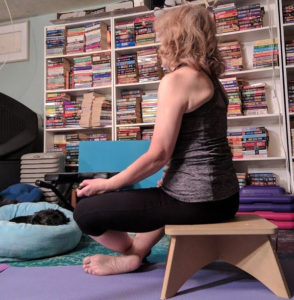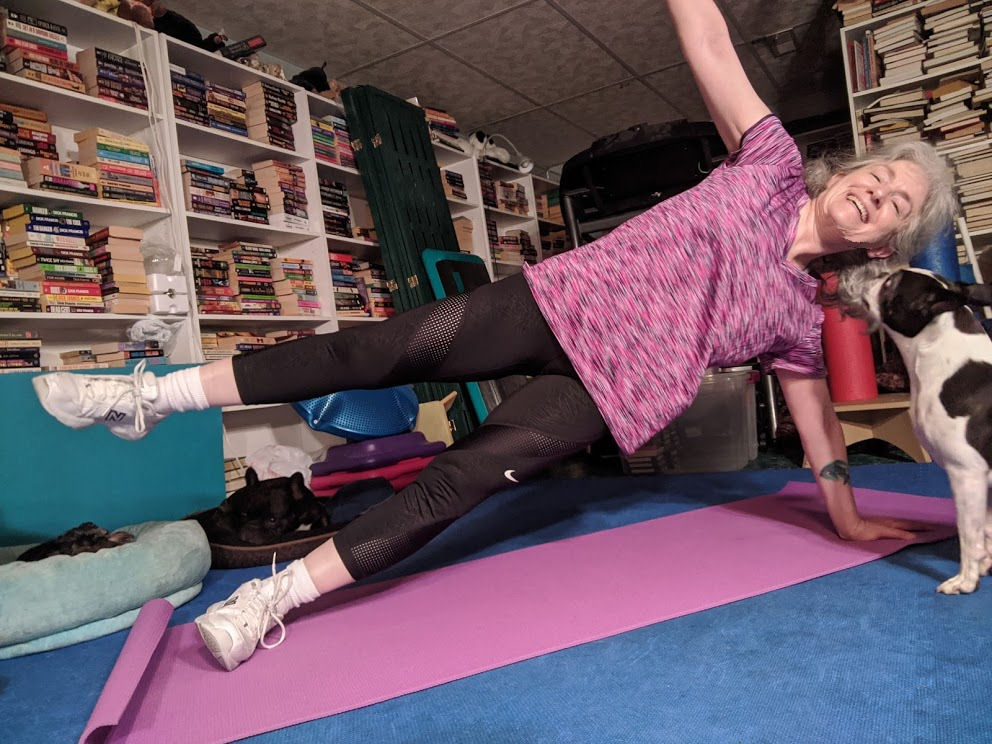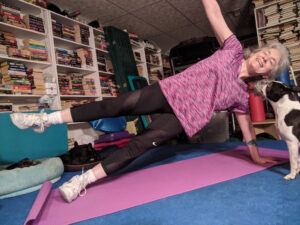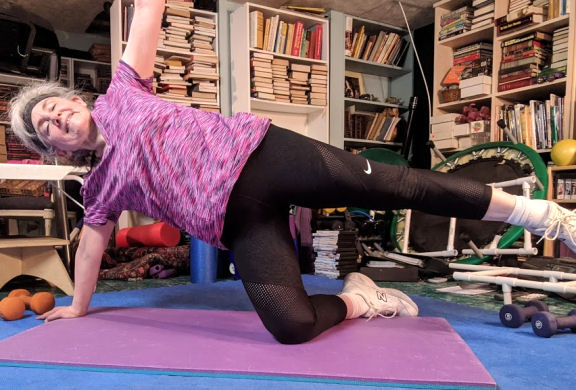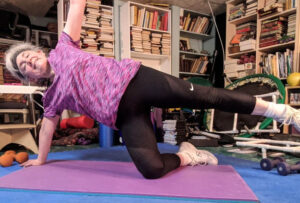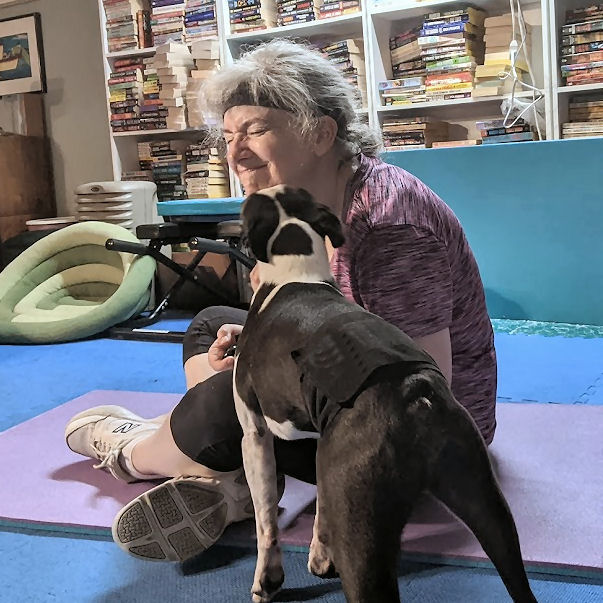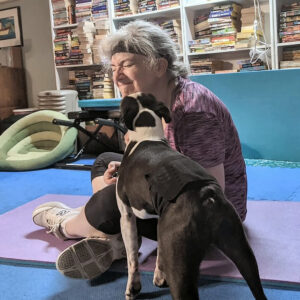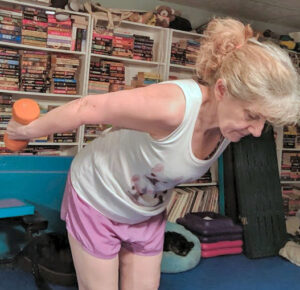Do you ever find yourself sitting and thinking to yourself, “I should do …” this or this … and then find yourself dreaming, “If I had this done, then I could …” “If I had exercised more when I was younger, I could play in the backyard with the grandkids.” Guess what? It’s not too late. Here’s how to go from “I should” to “I did it.”
First, be clear to yourself
Know exactly what you “should” do. It’s not enough to say, “I should work out more.” A more clear response is, “I should exercise 4 times a week for 30 minutes.” And a better response would be, “I will run / walk 2 times a week, do strength training twice a week and have active rest days 2 days a week.” That’s a clear response. It gives you the start of a plan.
Know why you “should” do it
This step will ensure that you take the steps needed to go from “I should” to “I did it.” If you really want something – if you really, really want something, then you’ll be willing to go through the planning process, make some sacrifices, and then make it happen. Your motivation must be very clear. And, in our example, those grandkids are growing up way too fast to let any more time slip away.
You’ll start your fitness plan to spend more time with your grandkids. And then add things on. Travel might be an option since your mobility will be better. A new wardrobe isn’t out of the question either, since your clothes won’t fit any longer.
Plus, all those benefits for our healthy aging that we’ve been talking about, that exercise gives us. You’ll have more energy – I know, weird, isn’t it that expending energy generates energy? But it’s true. Your heart health will improve. You’ll sleep better and your memory will be better too. Solving problems will be easier as your cognition improves. Your balance will be better, so you’ll be more confident when you step out of the house.
Schedule your stepping stones
You can’t go from not exercising to full hour-long (or even half hour) workouts in a week. The best way to make sure you follow through and not quit from the overwhelm is to map out your strategy. Write it down. Go from 10 minutes to 30 over time – but schedule those longer sessions specifically on your calendar.
Keep your appointments to go from “I should” to “I did it.”
And keep those appointments with yourself! When you do, your resilience improves. You’ll prove to yourself that you’re strong and can accomplish anything. You’ll have gone from “I should” to “I did it.”

